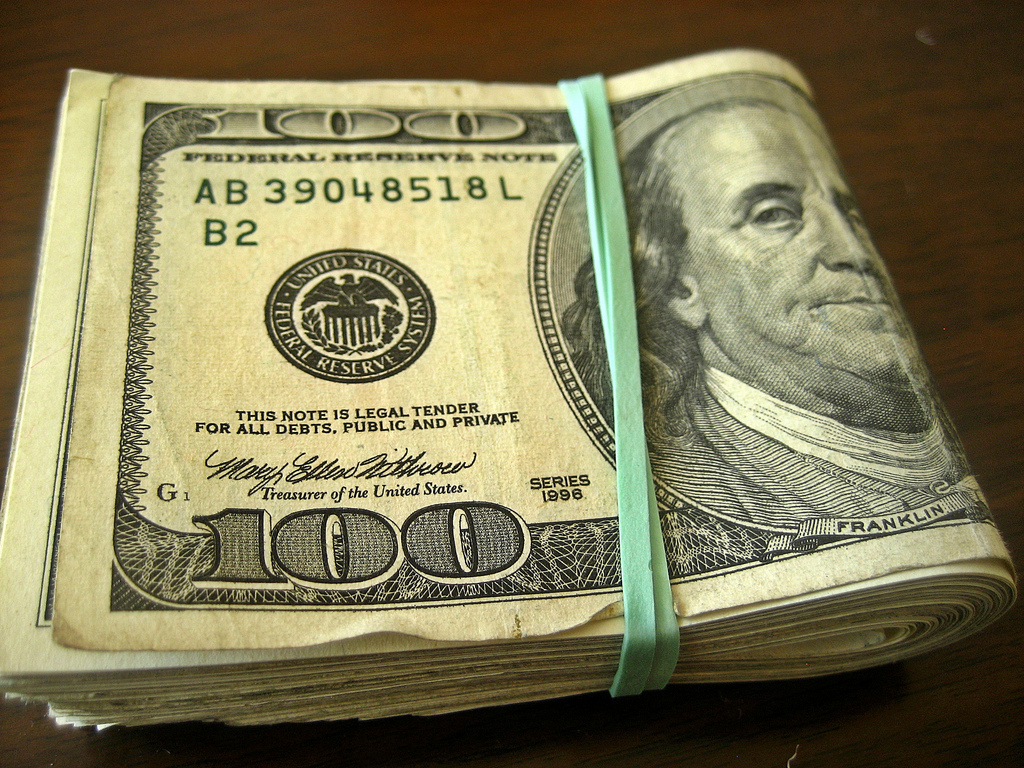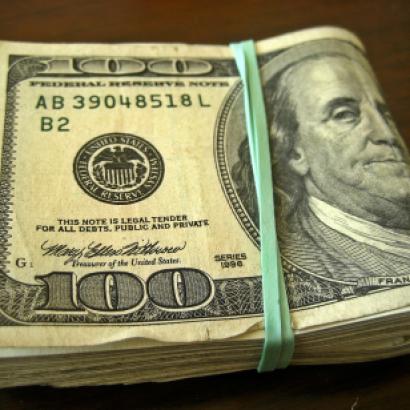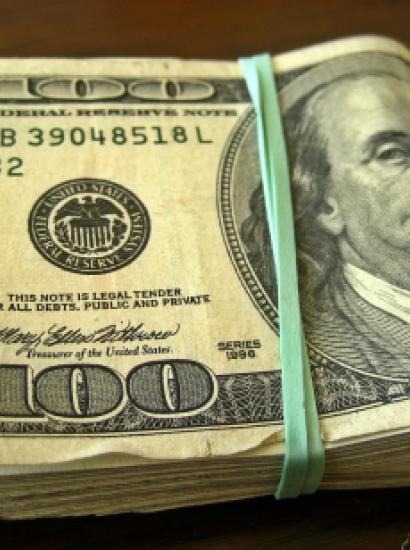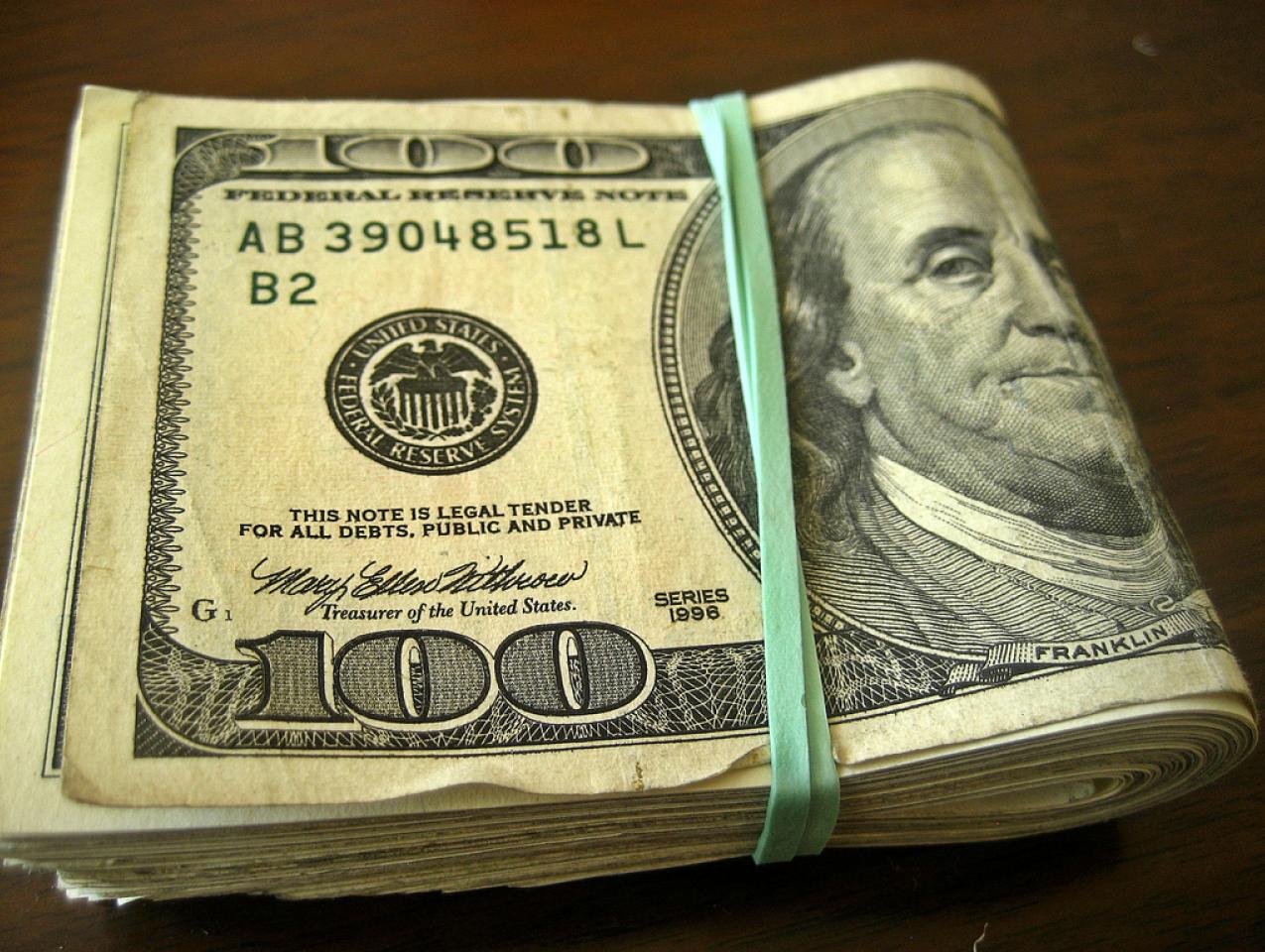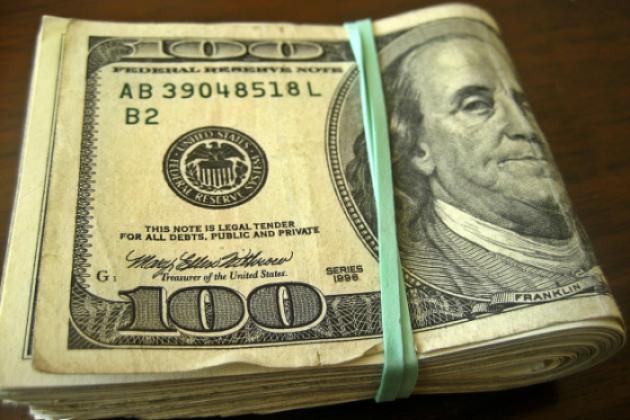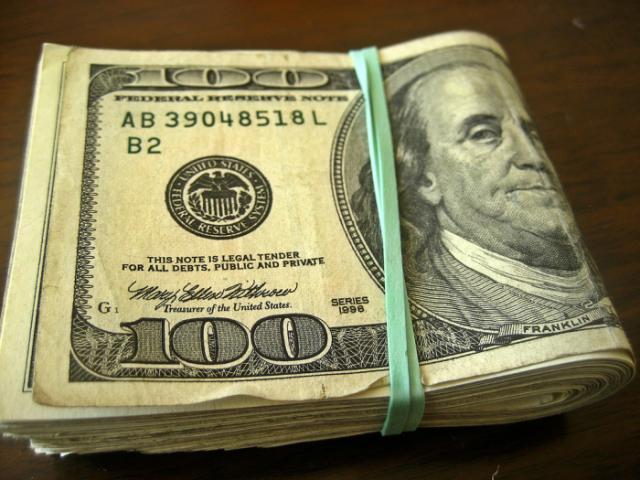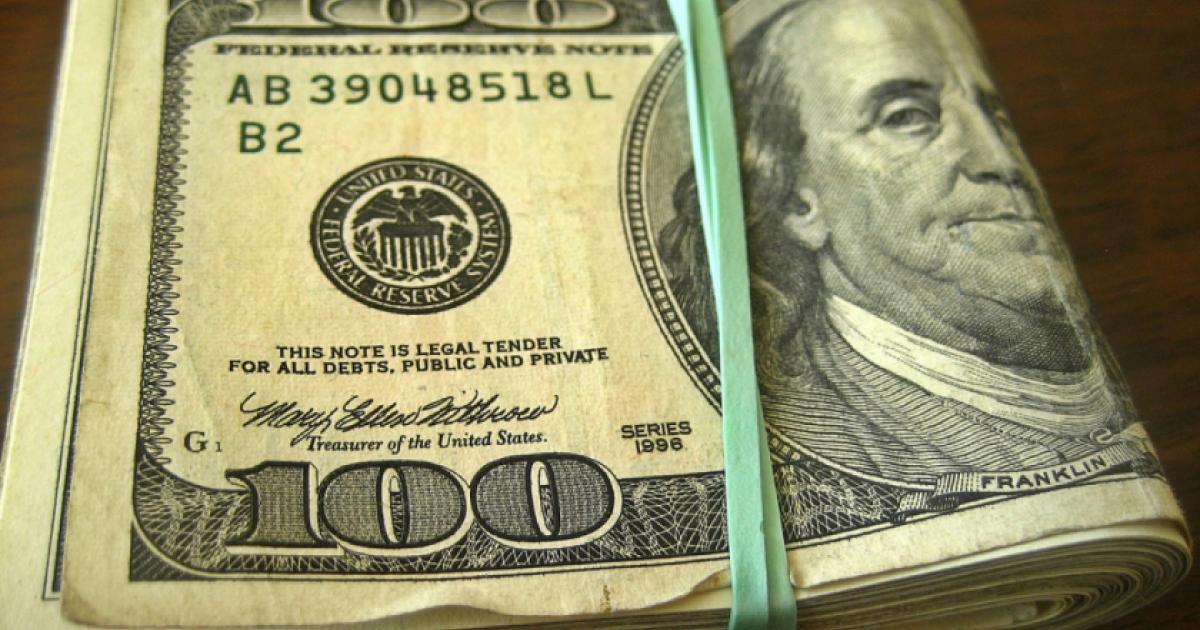I was heartened recently to see Edward Kleinbard’s op-ed in the New York Times, with its alluring title, “Don’t Soak the Rich.” But as I read the piece by Kleinbard, a law school professor at the University of Southern California, it became clear that his proposed solution was a classic bait-and-switch operation. Kleinbard’s so-called flat tax soaks the rich by a different route. He proposes a tax hike on everyone evenly and then suggests that the government spend most of the extra revenues on the poor, either by direct grants or public expenditures from which they derive the lion’s share of the benefit.
The flat tax deserves a better send-off. Historically, the tax was championed by such notables as Aristotle, Locke, and Hayek as a device to reduce the government’s role in the lives of its citizens. Even a limited government must do many things—provide national defense, preserve internal order, and supply the infrastructure on which a well-organized private sector markets run. Accomplishing these daunting tasks requires public revenues. The challenge for the defender of limited government is to find that set of taxes that minimizes the distortions of a market economy while generating revenue to accomplish government’s necessary and proper goals.
In general, a two-pronged approach offers the greatest hope. First, whenever possible, the government should impose user fees to defray the costs of public services. These include, for example, highway tolls, which ideally should cover the costs of running the system, by apportioning expenses so that those who place the greatest burden on the roads pay the greatest amount. But user taxes are not feasible for standard public goods, i.e. those indivisible benefits that must be supplied to everyone if they are supplied to anyone.
The flat tax proportionate to either income or consumption offers the most attractive option, because it allows the government to set the overall levels of revenue as high or as low as seems necessary, without inviting various factions to game the system for partisan advantage. The flat tax also tends to reduce the overall tax burden, because people are on average more reluctant to raise taxes on others if they have to raise them on themselves. This added stability of the tax system produces major administrative savings by eliminating the need to police fancy income-splitting devices, such as family partnerships and trusts, that work to reduce taxes by depositing income earned by the rich into the bank accounts of their low-income relatives. The long-term stability of flat taxes thus makes it easier for private investors to make rational long-term decisions.
It should be noted, however, that the flat tax is no panacea, for it places, as Kleinbard rightly notes, no limits on the expenditure side of the ledger. When tax levels are confined to the provision of the standard, or nonexclusive, public goods that pass muster under a classical liberal theory, the prospects for redistribution are sufficiently constrained that factional politics are accordingly reduced. But once the level of transfer payments to specific individuals or groups increases, the politics of redistribution (in which rich and poor can participate) are redirected to new targets, with the similar overall negative welfare effects, not only on the rich but on the median earner as well.
It is on the squishy expenditure side that Kleinbard finds the opening wedge to convert the flat tax into a tool to combat what he perceives as the “growing income disparity” between the very rich and everyone else. In his view, we have exhausted the gains from higher marginal tax rates, now that the United States has the world’s most progressive taxation system, even after taking into account regressive taxes on sales and property in widespread use at the state and local level.
His overall scheme, however, rests on the weakest of theoretical foundations. As an initial point, there is in the United States no growing trend of income inequality, whether we include or ignore various transfer payments. The generally accepted Gini coefficient, which offers a sensible measure of income inequality, has scarcely increased in the last 30 years. What matters more, and what that coefficient does not incorporate, is the overall rate of growth. As I argued in my critique of Thomas Piketty, the preoccupation with the Gini index blinds us to the simple proposition that many Pareto improvements—those that make someone better off without making anyone worse off—will increase both social welfare and income inequality simultaneously. The exuberant effort to increase efforts to redress inequality is one cause among many of the anemic growth levels in the United States.
Further increases to the overall taxation burden will have profound negative effects on growth, for increasing the amount of money in government hands can only diminish the returns to productive labor. A system of higher taxation for all and increased rebates for some will, as Kleinbard notes, increase, in disguise, the overall level of net progressivity system wide. But the effort to conceal the net transfers behind a flat tax will not fool anyone for long. And if the current system is too progressive, so too is Kleinbard’s improbable alternative.
Ideally, taxes provide goods that cannot be generated by market forces to all people. A well-constructed flat tax returns to all people benefits in excess of their individual contributions, thereby increasing the incentive to work. But it is wrong to say that a flat tax is unresponsive to all questions of redistribution. As Kleinbard well understands, any flat tax calibrated to earnings from labor and capital will necessarily redistribute income to the less well off, because an individual’s share from standard public services, such as access to public highways, does not increase proportionate to his income. Head taxes, regardless of income, are disasters because of the corrosive effect at the bottom of the income distribution. Indeed, it is also risky to introduce any regressive income tax, which could overtax the poor, and invite yet another fruitless struggle over finding its ideal rate.
Unfortunately, the sound political economy of a flat tax gets thrown off track as higher tax rates fuel greater levels of redistribution. One dangerous feature of Kleinbard’s system is that it introduces a sharp political disconnect between the collection and distribution of income. Once money makes it into public coffers, no one person is wise enough and powerful enough to steer it into the hands of the most needy recipients.
Kleinbard’s fine-tuning won’t work. And so an overtaxed nation is caught on the horns of a powerful dilemma. If the redistribution works as well or better than intended, we are left with a higher administrative and political cost than from today’s overly progressive fiscal system. Yet if that redistribution agenda fails, the poor suffer disproportionately because a large fraction of them won’t get their promised benefits. In designing any tax system, it is necessary to worry, not just about inequality, but also about our flawed political process, and the overall growth effects of any tax regime. Kleinbard ignores these last two.
In dealing with these twin issues, it is instructive to compare our current federal taxation regime, which operates free of all constitutional constraints, with our current system of interstate taxation, which is heavily subject to them. Federalism produces a mixed bag of incentives. Its exit options for business and labor tend to cut down on excessive taxation at the state level. At the same time, a state’s ability to tax goods and services from out-of-state could operate as a tax wall against interstate competition.
Fortunately, an alert Supreme Court applies a far higher standard of constitutional scrutiny to interstate taxation than it does federal income taxation. On interstate taxation, the fundamental constitutional rule tracks the flat tax. No state may impose taxes on foreign goods and services than are higher than the taxes that it imposes on its own internal goods and services. The upshot is a strong commitment to interstate competition, which drives down overall rates of taxation, while increasing the cross-border flow of goods and services.
Needless to say, factional politics within states works overtime to circumvent the basic rule. One notable example is in 1994 Supreme Court case of West Lynn Creamery v. Healy, in which Massachusetts adopted a two-part plan. First, it imposed “an assessment on all fluid milk sold by dealers to Massachusetts retailers.” Second, it rebated that entire assessment, most of which was levied on out-of-state dairy farmers, only to in-state producers.
The Massachusetts scheme is a federalism variation of the Kleinbard proposal. Fortunately, the Supreme Court saw through the transparent scheme and struck down this two-step evasion under the so-called “dormant” commerce clause. Doctrinally, the Supreme Court has long inferred that the power of Congress to regulate commerce among the states implies that, in the absence of any such regulation, the dormant commerce clause, as West Lynn Creamery observes, “prohibits economic protectionism—that is regulatory measures designed to benefit in-state economic interests by burdening out-of-state competitors.” That commitment applied in West Lynn even for goods sold pursuant to federal marketing orders under the Agricultural Adjustment Acts, which are notorious for fixing rates at cartel levels.
There is a sobering contrast between the public choice nightmare with federal taxes and the disciplined tax regime required under the dormant commerce clause. The second regime works vastly better than the first. Sadly, Kleinbard’s proposal tries to adopt Massachusetts’s West Lynn two-part tax program on a national scale. One countermeasure to that impending debacle is to insist constitutionally on the flat federal income tax. It won’t solve all problems on the spending side, but it will be a good start to cleaning up our financial house.







